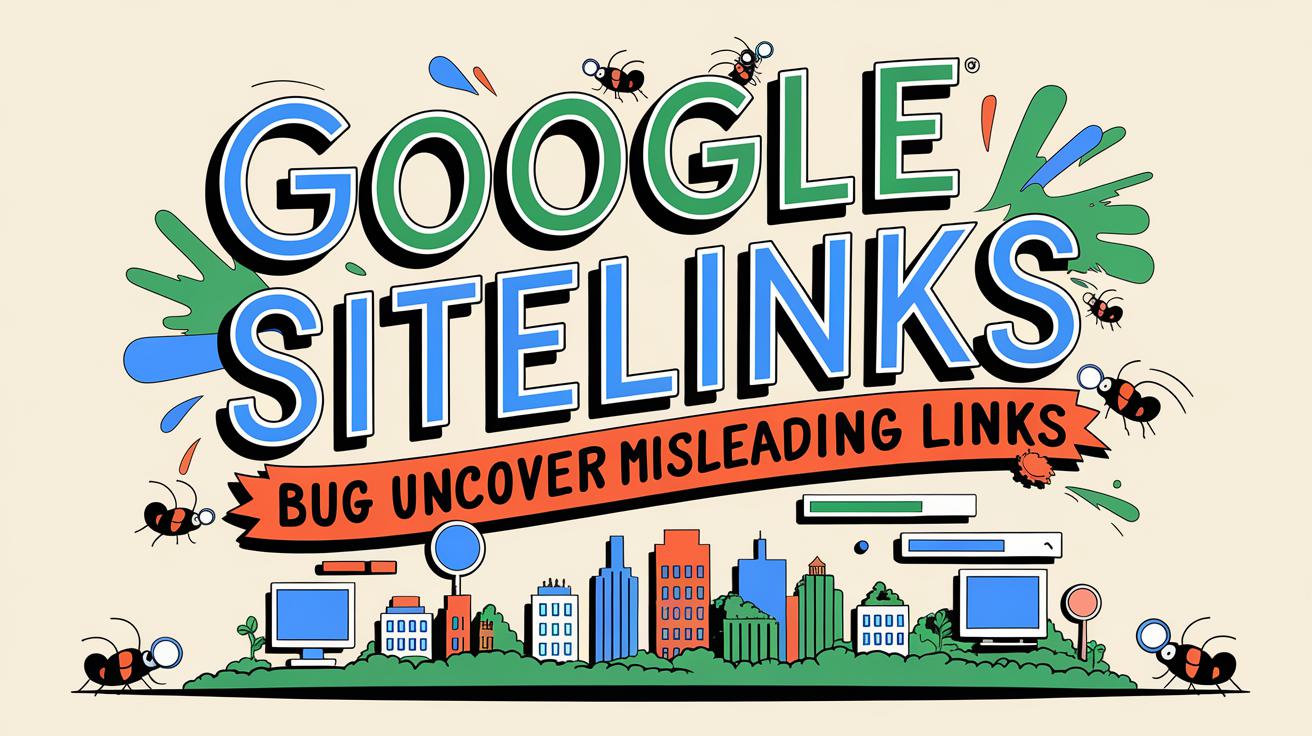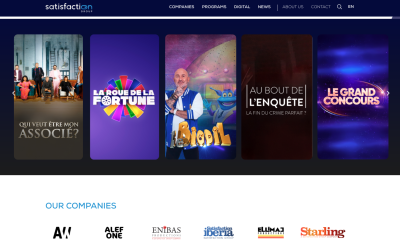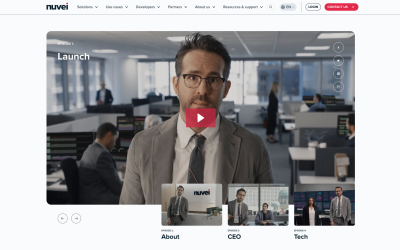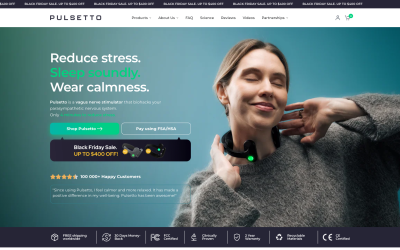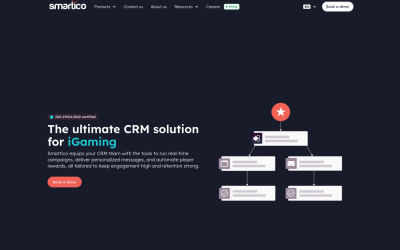Google's Sitelinks algorithm has encountered a bug causing the display of misleading and multilingual links in search results. This issue affects user experience and website visibility by showing incorrect or irrelevant links, even in multiple languages. The bug raises questions about Google's evaluation of websites for sitelink generation and its impact on SEO strategies. Website owners and SEO professionals are advised to monitor their sitelinks closely and focus on clear site structure. Further exploration reveals potential causes and solutions for this algorithmic anomaly.
Essential Insights
- Google's Sitelinks algorithm bug displays links in multiple languages, causing confusion for users and potential SEO issues.
- The bug affects how Google evaluates websites for sitelinks, impacting site visibility and user experience.
- Incorrect sitelinks can reduce click-through rates and harm a website's credibility in search results.
- Website owners should monitor their sitelinks regularly and focus on clear site structure to mitigate the bug's impact.
- The bug highlights the complexity of search algorithms and the need for ongoing improvements in language detection and site understanding.
Understanding Google Sitelinks and Their Purpose
Google Sitelinks help people find their way around websites easily.
They show up under the main search result on Google.
You usually see them when you search for a brand name.
Google uses special math to pick which pages to show as sitelinks.
It looks at how a website is built, how people use it, and how pages link to each other.
Sitelinks make it easier for users to quickly reach important parts of a website.
This helps users find what they need fast.
As an SEO expert with *10 years* of experience, I can say that sitelinks improve the overall user experience.
They make it simple for people to navigate to the content they are looking for.
Our goal is to make websites better for both users and search engines.
Anatomy of the Multilingual Sitelinks Bug
A strange bug** has been found in Google's Sitelinks algorithm**.
It shows links in different languages for some searches. For example, when you search for Google Search Console, you might see links in Japanese, Hungarian, Dutch, and Danish.
This doesn't happen for all searches or websites. It's like a glitch that only pops up sometimes. This could mean there are problems with Google's site setup or how they understand user actions for sitelinks.
As an SEO expert for 10 years, I find these bugs interesting. They remind us how complex search engines are. If you notice anything like this, keep an eye on it. It might be a sign of how Google's system is changing.
Stay tuned for more updates on SEO and search trends!
Potential Causes and Implications for SEO
There is a problem with Google's search results.
It's called the multilingual sitelinks bug.
This issue has some people worried.
It makes us ask, "Why is this happening?"
Here is what might be causing it and what it means for SEO.
Unraveling the multilingual sitelinks bug reveals potential causes and SEO implications, guiding us to fortify our digital strategies against algorithmic uncertainties.
Cause: There might be a flaw in Google's algorithm.
Implication: This can mislead users.
SEO Strategy: It's important to monitor results often.
Cause: Google might not understand the site's structure.
Implication: This can lead to a reduced click-through rate (CTR).
SEO Strategy: Work on optimizing internal linking.
Cause: Google might misread how users behave on the site.
Implication: This can cause decreased visibility.
SEO Strategy: Enhance the site architecture to fix this.
Cause: There could be an error in detecting languages.
Implication: This can hurt brand credibility.
SEO Strategy: Use hreflang tags to help Google understand languages.
Cause: Google might have problems crawling the site.
Implication: This can put you at a competitive disadvantage.
SEO Strategy: Conduct regular site audits to spot issues.
Understanding these causes and implications can help.
It will make our SEO strategies stronger.
Let's keep our websites in top shape!
Monitoring and Addressing Sitelink Anomalies
We need to watch sitelink problems closely.
This helps keep our website easy to find and use. It's important for people to see our site in search results.
SEO experts should check search results often. Use tools like *Google Search Console* to see how sitelinks are doing.
Look at how the site is built and how pages link to each other. This can help fix any issues.
Working with other SEO people is a good idea. We can share ideas and ways to solve sitelink problems together.
I've been an SEO expert for 10 years. I'm here to help make sure your site stays visible and user-friendly.
Future Outlook: Google's Algorithm and Sitelink Accuracy
Google's algorithm is getting smarter.
But, there was a bug with sitelinks. This made people wonder about the future.
SEO experts, like me, think Google will get better. It will understand websites and what users want. Google might focus more on languages and important links.
Google listens to feedback. They change their algorithm often. This should fix current problems.
In the end, sitelinks will become more useful. Users will find them more helpful.
Stay tuned for more updates!
Final Thoughts
The Google Sitelinks bug**** shows how complex search engine algorithms can be.
This bug affects user experience and SEO strategies.
Google usually handles different languages well.
But this issue shows why it's important to have clear site structures.
Website owners should keep an eye on search results.
Google keeps improving its algorithms.
So, website owners and SEO experts should stay updated.
They need to change their strategies to stay visible and engage users.
For help with increasing your brand's presence, consider our Google Autosuggest Creation Service, iGaming SEO services, and professional SEO services.
